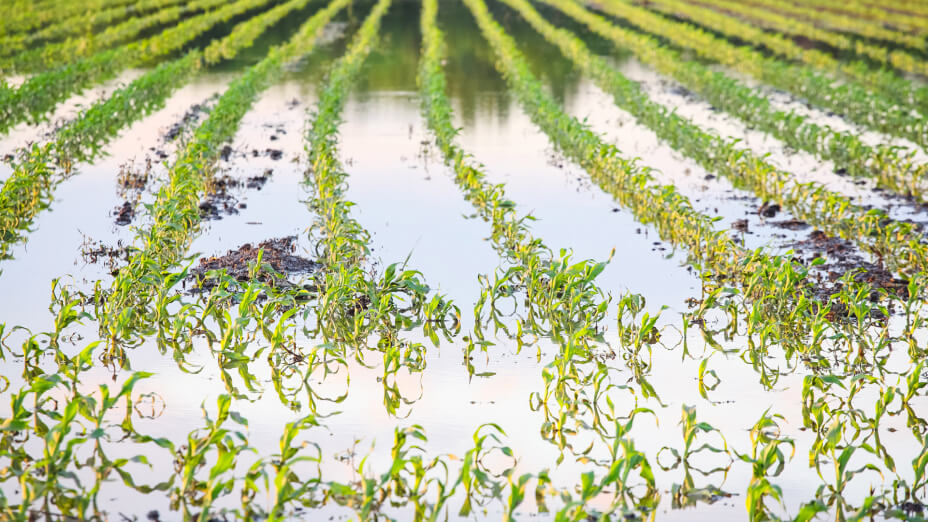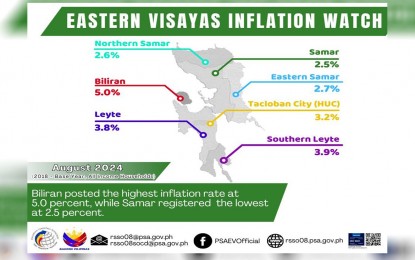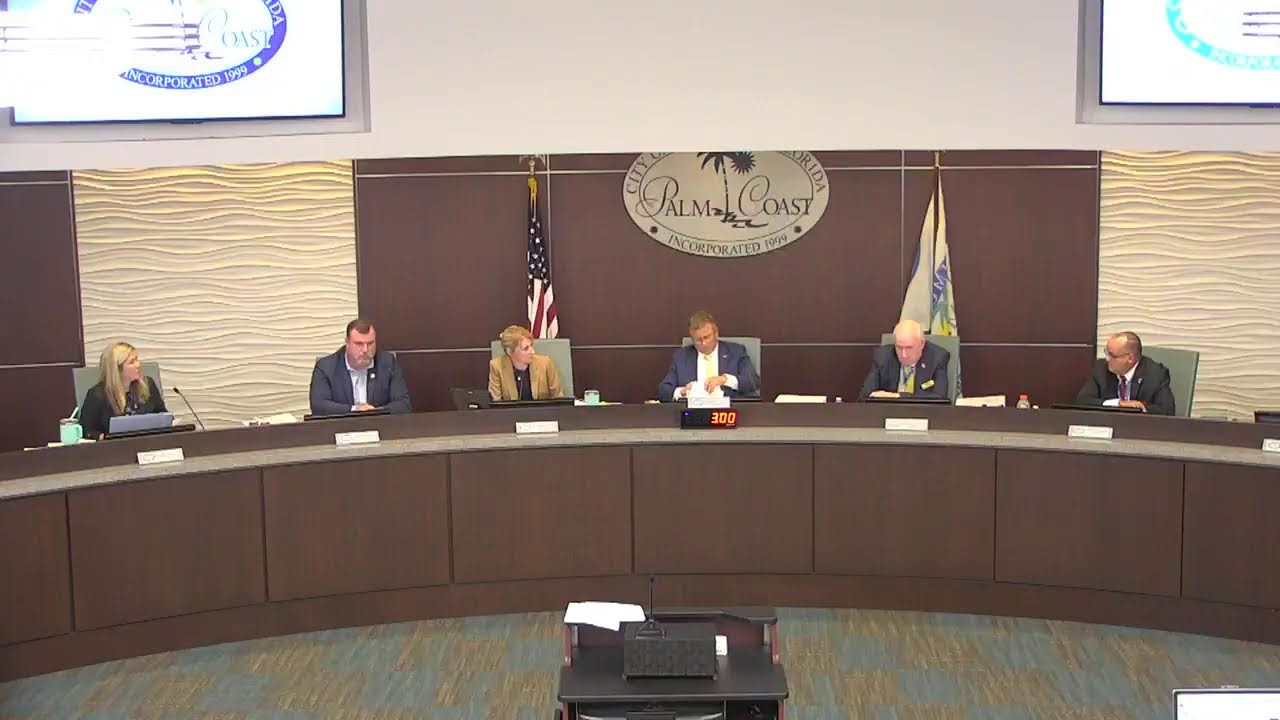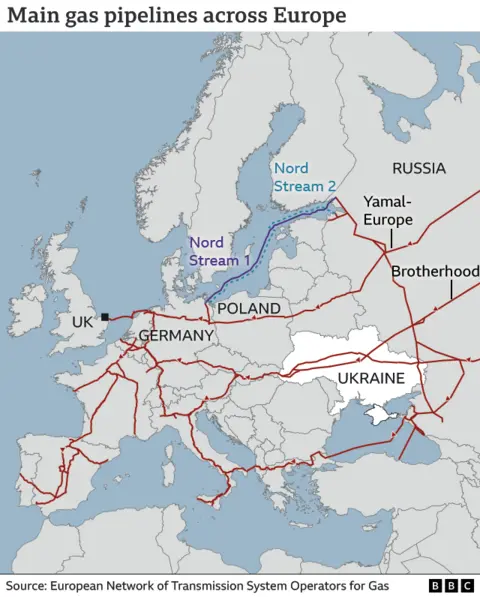Economy

Economy
07 Nov, 2025
Devastating Floods in Pakistan Cause Widespread Economic and Agricultural Damage
Luisito Castro
Severe flooding in Pakistan has affected both its rural heartlands and key industrial hubs for the first time in decades, resulting in billions of dollars in damage and significant disruptions to food supplies, exports, and the nation’s fragile economic recovery.
After anticipating 4.2% economic growth in 2026 driven by a rebound in agriculture and manufacturing under a $7 billion IMF bailout program, government officials are now forced to reassess. Since late June, unprecedented monsoon rains compounded by water releases from India’s dams have flooded large areas in Punjab and Sindh — Pakistan’s most populous and economically important provinces.
Floodwaters remain in many districts, with analysts warning that the current crisis could eclipse the devastation of 2022, when one-third of the country was submerged. Satellite data from agricultural monitoring initiative GEOGLAM revealed that at least 220,000 hectares of rice fields were flooded between August 1 and September 16. In Punjab alone, approximately 1.8 million acres of farmland have been affected, according to the provincial disaster management agency.
Khalid Bath, chairman of the Pakistan Farmers Association, highlighted the scale of the agricultural losses, stating, "About 50% of rice, and 60% of cotton and maize crops have been damaged. We estimate losses could surpass 2.5 million acres, potentially costing up to one trillion rupees ($3.53 billion)."
Iqrar Ahmad Khan, former vice chancellor of the University of Agriculture Faisalabad, described the situation as unprecedented in recent decades, estimating that over 10% of national crops have been destroyed, with vegetable crops suffering up to 90% losses in some areas.
The timing of the floods is critical as Pakistan approaches the wheat sowing season, a staple crop contributing nearly half of the country’s caloric intake. While national food reserves remain stable following a robust 2024 harvest, the continued presence of silt and mud on agricultural fields poses a serious risk to upcoming planting efforts. Khan warned, "Food insecurity is coming, not just higher prices."
Planning Minister Ahsan Iqbal acknowledged the floods would set back GDP growth and anticipated a clearer assessment of damages within two weeks. The central bank described the flooding as a "temporary yet significant supply shock," adjusting growth forecasts to the lower end of their 3.25–4.25% range. The bank also cited stronger foreign exchange reserves and reduced interest rates as buffering factors against the economic impact.
However, rising prices for wheat, sugar, onions, and tomatoes have pushed Pakistan’s sensitive price index to a 26-month high. IMF resident representative Mahir Binici noted that the upcoming review of the Extended Fund Facility would evaluate the government’s budget and emergency measures to address the crisis. Iqbal urged the IMF to assist in mitigating the damage.
Some experts caution that the full economic repercussions are being underestimated. Former finance minister Hafeez Pasha stated, "The floods will increase the current account deficit by $7 billion. They are worse than the previous floods."
The industrial sector has also suffered substantial losses. In cities like Sialkot, a major manufacturing center for textiles, sporting goods, and surgical instruments, flooding left numerous workshops isolated. Cotton shortages threaten the textile industry, Pakistan’s largest source of foreign exchange, while rice exporters fear losing market competitiveness to India amid rising prices.
Local farmer Rab Nawaz reported, "We once had 400 acres of cotton, but now only 90 remain," reflecting the widespread agricultural devastation.
The National Disaster Management Authority confirmed that at least 1,006 people have died since June 26, with over 2.5 million displaced in Punjab and Sindh. In Lahore, the provincial capital, homes and small businesses have been destroyed. Mohammad Arif, a 50-year-old rickshaw driver, shared his ordeal: "We have been on the roads for three days," after relocating his vehicle as floodwaters engulfed his home.
As floodwaters continue to challenge recovery efforts, the humanitarian and economic fallout presents a daunting test to Pakistan’s resilience.
Recommended For You

Nearly Half of Eastern Visayas Households Face Moderate to Severe Food Insecurity, Survey Finds
Nov 07, 2025
Ricardo Fernandez

Philippines Enacts Law for Early Disaster Response to Mitigate Impacts
Nov 07, 2025
Francisco Castillo

Bacolod Councilor Secures Commitment to End Controversial Power Charge by October 2025
Nov 07, 2025
Jasmine Torres

Serbia to Finalize Three-Year Russian Gas Import Agreement Amid Western Sanctions Pressure
Nov 07, 2025
Ricardo Fernandez
